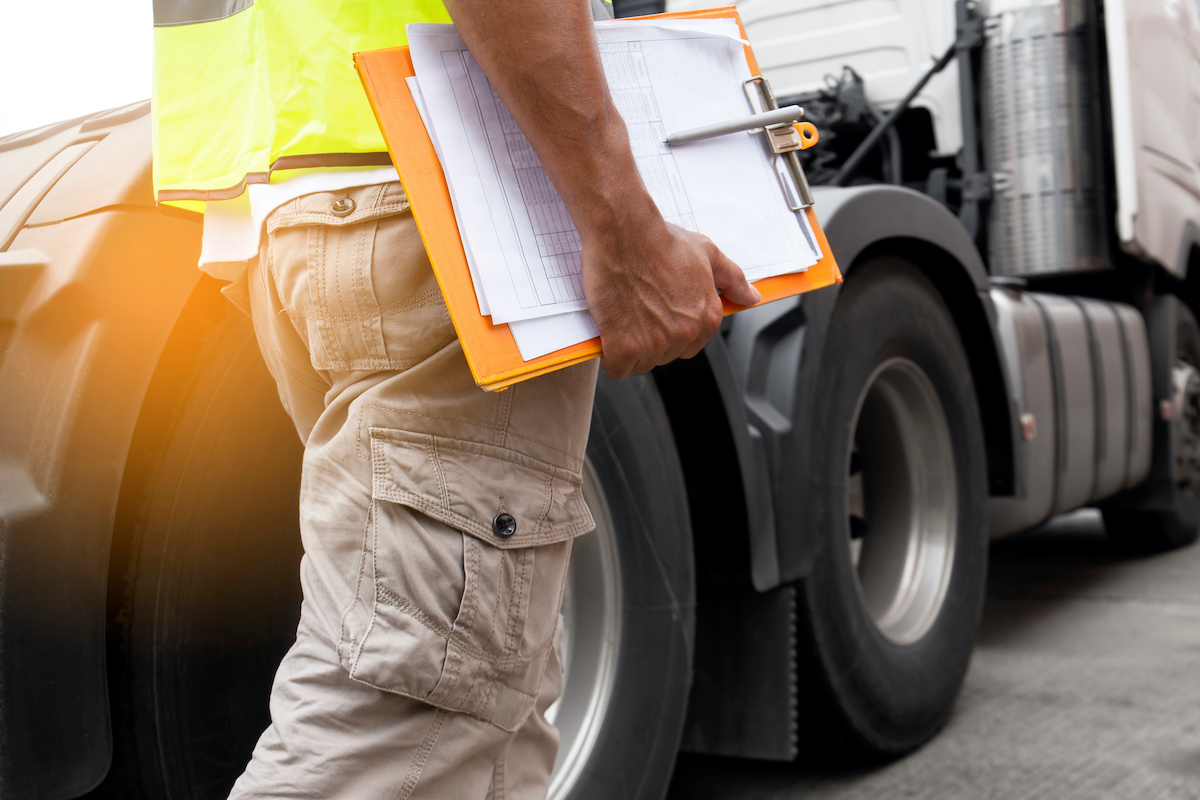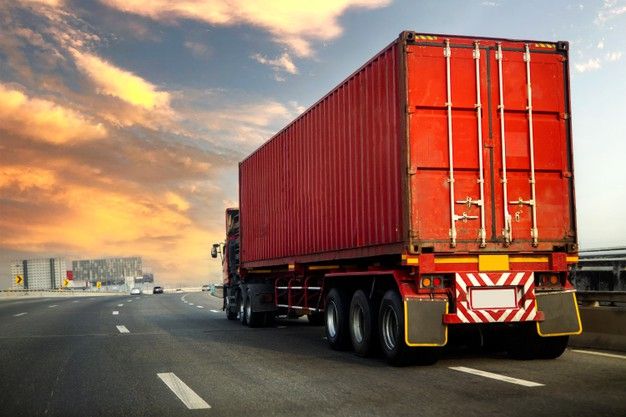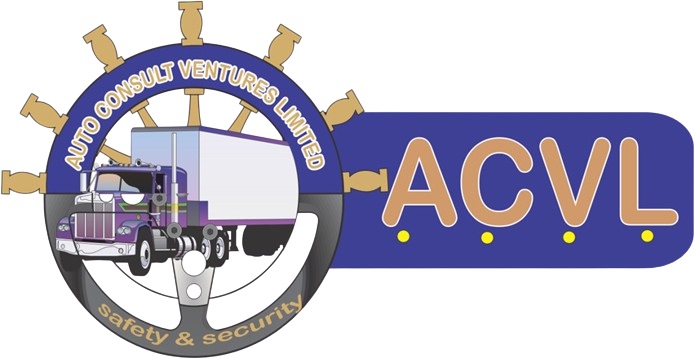Our Services
Service Quality


Heavy duty vehicles examination services
ACVL’s Truck and Trailer Inspection and Identification solution provides businesses in transportation industry with a comprehensive system for inspecting and identifying vehicle automating the inspection process, monitoring compliance, facilitating maintenance enabling asset tracking and management, as well as offering seamless integration an ACVL empowers businesses to enhance safety, efficiency, and regulatory compliance ACVL and experience a streamlined and reliable solution for truck and trailer inspection identification that will drive your business forward Ensuring the safety and compliance of trucks and trailers is crucial for the transportation.
ACVL’s Truck and Trailer Inspection and Identification solution is designed to provide a comprehensive system for inspecting and identifying vehicles, ensuring they meet a standards and are in optimal condition. With our expertise and advanced technologie businesses to streamline their inspection processes, enhance safety, and minimize .
Service Overview

Have you Any Question?
A vehicle safety inspection, which is an integral part of the car inspection process, covers all the features of a car that make it safe to drive on the road. This typically includes checking components such as brakes, lights, tires, steering, suspension, and other essential systems to ensure they are in proper working order. The goal of these safety inspections is to reduce the risk of accidents and protect both the vehicle occupants and other road users.
Why Is Car Inspection Required
Importance of vehicle inspection for the used car market
Maintaining a lower insurance cost
Selling a defective vehicle can be perilous and may result in severe injury or even death, besides losing customers’ trust and loyalty. To prevent selling faulty cars, you must conduct regular safety inspections before selling.
Extending the life of your used cars
Regular and proper maintenance of vehicles, along with verification of optimal working conditions, can significantly increase your used cars’ lifespan. Regular pre-purchase car inspections will help you reduce repairs and replacement costs, maximize value, and extend their longevity.
Preventative maintenance
The benefit of preventative maintenance is that it prevents small problems from growing into bigger (and costlier) ones. Giving your vehicles the attention they require will also help decrease their downtime. Preventative maintenance ensures that you maximize the vehicle’s service instead of having it sit in the garage and cost you or your buyer massive penalties.
Align with regulatory compliance
Dealers and sellers must inspect their vehicles before selling per safety laws and regulations. You can provide a pre-use inspection document in case of an accident, as inspections ensure you don’t catch penalties. This document limits your liability exposure and protects you from non-compliance penalties and fines.
Improved customer experiences
Ensuring that your vehicles are in excellent working condition boosts customers’ reliability. It reduces the likelihood of breakdowns on the road and ensures the timely delivery of services. So customers will have a positive experience and be satisfied, contributing to building a good reputation that attracts more customers. Additionally, showcasing a flawless vehicle with your company logo on the streets creates a positive impression of your car dealership.
1) Choose the Inspection Site
Select a suitable location for the vehicle inspection, ensuring safety and accessibility.
2) Vehicle Inspection Check
Begin the vehicle inspection check by approaching the vehicle and preparing for the examination.
3) Greet and Prepare the Driver
When applicable, greet and prepare the driver for the inspection, ensuring their cooperation throughout the process.
4) Interview Driver
As part of the vehicle inspection for a used car, interview the driver to gather information about the vehicle’s history, maintenance, and any potential issues.
5) Collect the Driver’s Documents
Request and collect essential documents, such as the driver’s license, for verification and record-keeping purposes.
6) Vehicle Inspection Checklist
Utilize a comprehensive vehicle inspection checklist to systematically examine all aspects of the vehicle’s condition and performance.
7) Check for Presence of Hazardous Materials/Dangerous Goods
If applicable, verify the presence of hazardous materials or dangerous goods and ensure compliance with safety regulations.
8) Identify the Carrier
Confirm the carrier’s identity and contact information for documentation purposes.
9) Examine Driver’s License or CDL
Inspect the driver’s license or Commercial Driver’s License (CDL) to validate their qualifications.
10) Check Medical Examiner’s Certificate and SPE Certificate
Verify the currency of the Medical Examiner’s Certificate and, if applicable, the Skill Performance Evaluation (SPE) Certificate.
11) Check Record of Duty Status
Review the driver’s Record of Duty Status to ensure compliance with hours-of-service regulations.
12) Review Driver’s Daily Vehicle Inspection Report
Evaluate the driver’s daily vehicle inspection report for any previously reported issues and their resolutions.
13) Review Periodic Inspection Report
Check for recent periodic inspection reports to assess the maintenance history of the vehicle.
14) Prepare Driver for Vehicle Inspection
Advise the driver to assist during the inspection, such as starting the engine, engaging lights, and demonstrating safety equipment.
15) Inspect Various Vehicle Components
Utilize the vehicle inspection checklist to methodically inspect all areas of the vehicle, including the engine, brakes, suspension, tires, lights, and more.
16) Complete the Inspection
After a thorough examination, summarize the findings, discuss any necessary repairs or maintenance with the driver, and provide a detailed vehicle inspection report.
Car inspections prioritize safety by assessing critical components such as brakes, tires, suspension, and lighting systems. Faulty brakes can compromise your ability to stop in time, while worn-out tires may lead to reduced traction and handling. By inspecting these components, potential hazards can be detected early, minimizing the risk of accidents and ensuring the safety of both the driver and passengers.
Car inspections involve a thorough examination of the engine, transmission, exhaust system, and other mechanical parts. Detecting issues such as leaks, worn-out belts, or malfunctioning sensors can prevent more significant problems down the line. Timely identification and repair of these mechanical issues can save you from costly repairs and breakdowns, allowing for a smoother and more reliable driving experience.
Regular car inspections also contribute to maintaining optimal performance and fuel efficiency. A well-maintained engine, clean filters, and properly inflated tires can improve fuel economy and extend the life of your vehicle. During inspections, technicians can also check fluid levels and quality, ensuring that your car’s vital fluids, such as oil, coolant, and brake fluid, are at the right levels to keep the engine running smoothly.
In many jurisdictions, regular car inspections are mandatory to ensure compliance with safety and emissions regulations. Adhering to these requirements not only helps maintain road safety but also avoids fines and penalties for non-compliance. Additionally, a well-maintained and regularly inspected vehicle may qualify for lower insurance premiums, providing further incentives for responsible car ownership.
Car inspections are an essential aspect of responsible car ownership. By prioritizing safety, identifying mechanical issues, maintaining performance, and complying with legal requirements, regular inspections contribute to safer roads, reliable transportation, and increased longevity of your vehicle. Schedule routine inspections with qualified professionals to enjoy peace of mind and ensure that your car remains a safe and reliable companion on your journeys. Remember, investing in inspections today can save you from costly repairs and potential accidents in the future.
